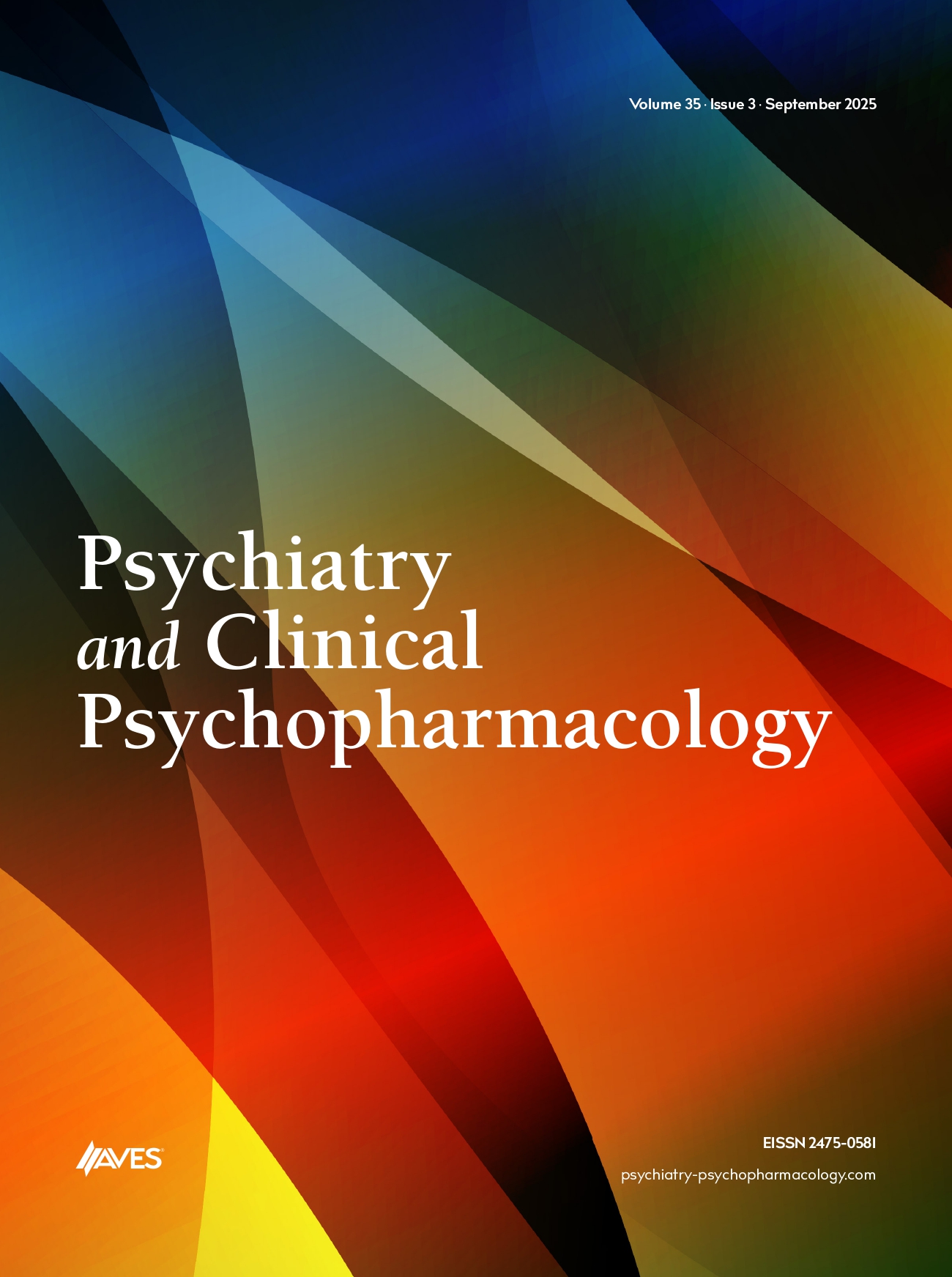Objective: The primary aim of this study was to compare temperament-character traits, impulsivity and level of functionality in bipolar I and II disorder patients with and without suicide attempt.
Methods: Fifty-two BD-I patients, 49 BD-II patients and 50 age-and sex-matched healthy control subjects were enrolled in this study. Structured Clinical Interview for DSM-IV Axis I Disorders (SCID-I), Temperament and Character Inventory (TCI), Barrett Impulsiveness Scale (BIS), Hamilton Depression Inventory Scale (HAM-D) Young-Mania Rating Scale (YMRS), Bipolar Functioning Scale (BFS) and Suicide Intent Scale (SIS) were administered to the patient and control group.
Results: There was no statistically significant difference in terms of age, gender and educational status between the patient and control group (p<0.05). The mean age was 35.69±12.10 and 32.00±9.24 in the patient and control group, respectively. 70.3% of the patient group and 60% of the control group were male. 26,7% of the patient group and 20% of the control group were unemployed. It was learned that 38 subjects in the patient group had attempted suicide. 23 of these subjects had BD-I and the rest of the group had BD-II. There was a statistically significant difference in cooperativeness (C), self-directedness (SD), self-transcendence (ST), novelty seeking (NS2) subscales and BFS, BIS total scores between the groups.
Conclusion: In our study the C, SD, ST scores, which indicate a predisposition to personality disorder were significantly higher in bipolar disorder patients with suicide attempt, suggesting an association between suicide attempt and personality disorder in bipolar patients. Also higher impulsivity scores and poorer functionality in suicide attempters suggested us that these attempts could be impulsive and could have ruined the functionality of these patients.


.png)
.png)